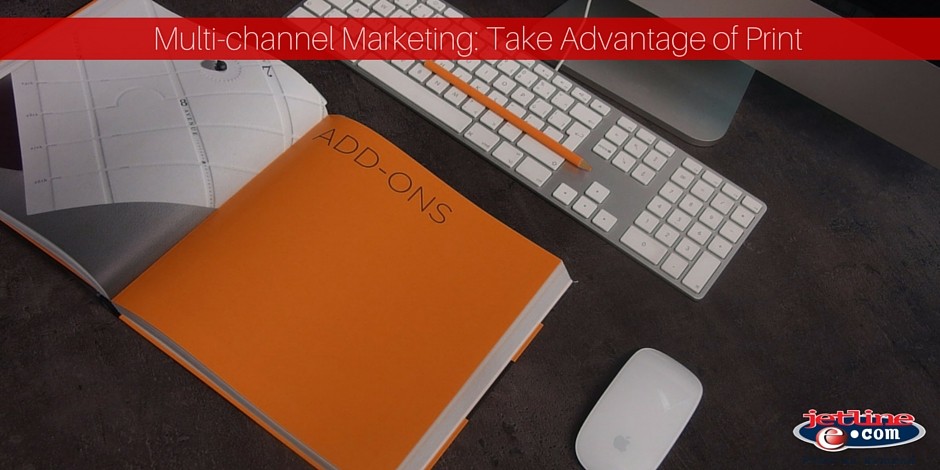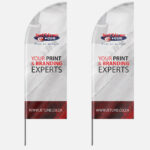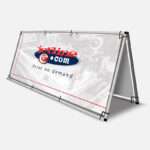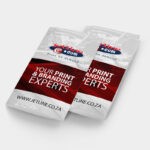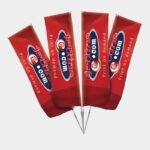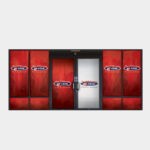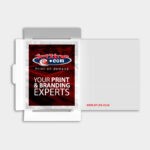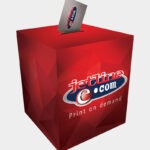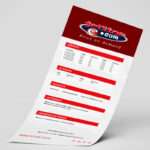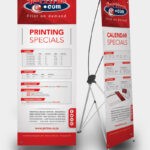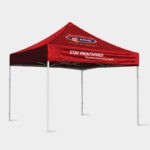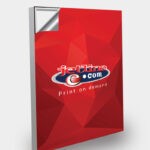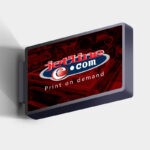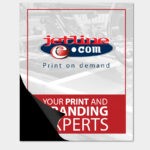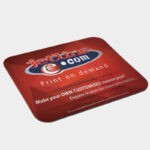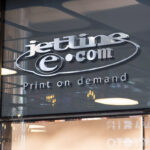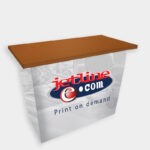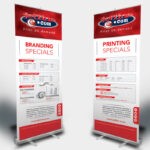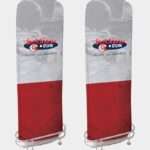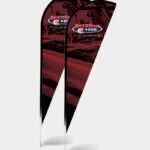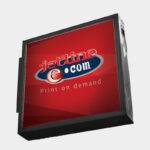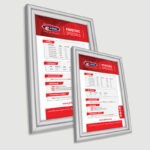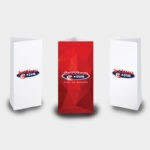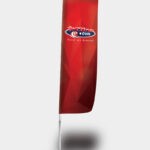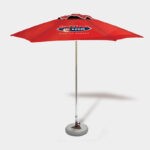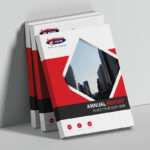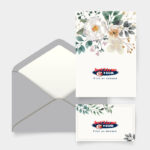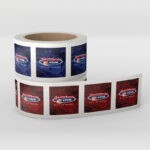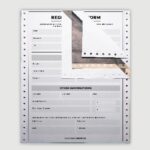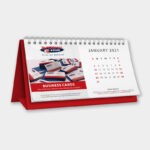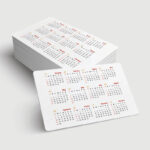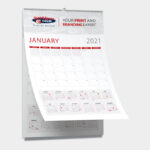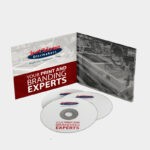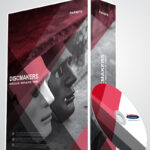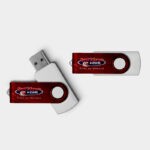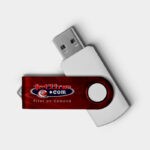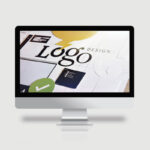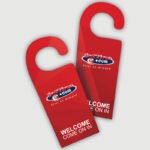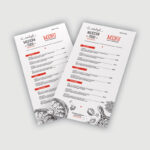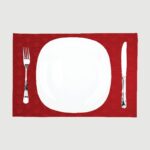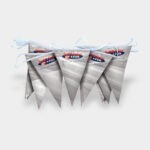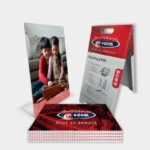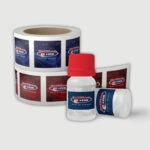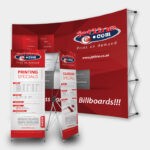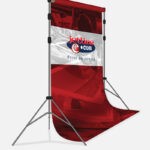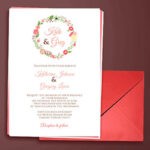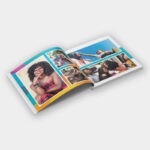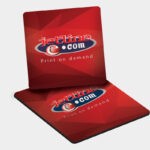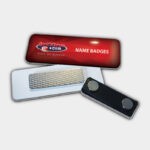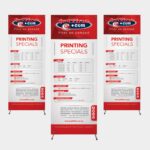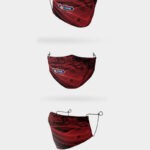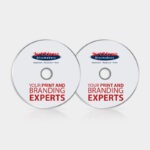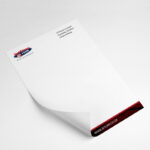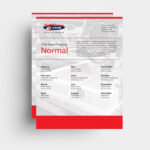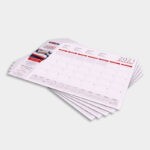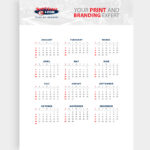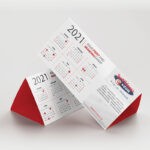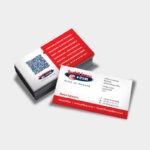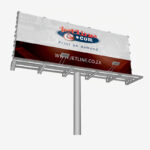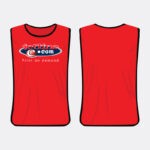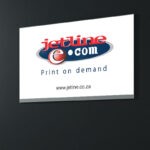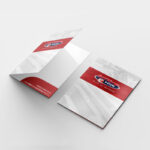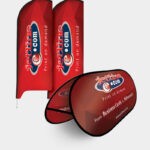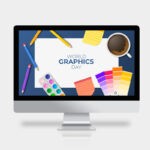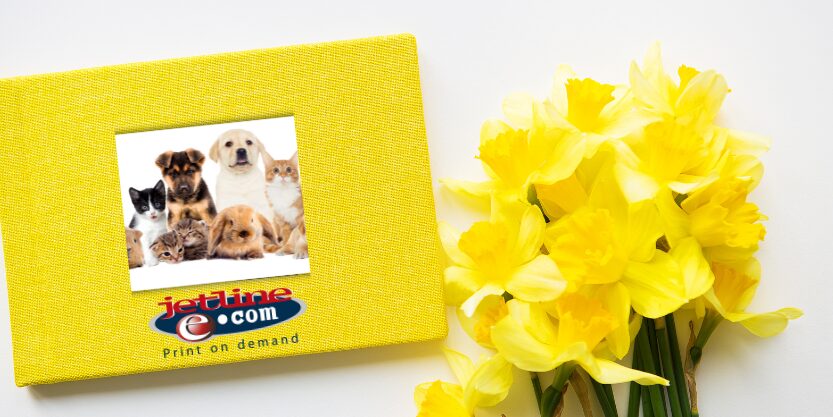The world of communication has changed immensely with the advent of the internet, smart phones and social media. With all the online options available, you may ask yourself why ink on paper is still relevant. The answer is simple: tangible branding.
If you are in your thirties you will remember a time before there were personal computers in every household. During those times print marketing was the primary tool of communication. It was Gutenberg’s printing press that propelled society forward, allowing for the spread of news, and most importantly, education.
Gutenberg, inventor of the printing press
Essentially the printing press was influential in launching centuries of progress. The ability to share information and ideas with the public through the printed page paved the way for the Renaissance, the Industrial Revolution and some of the fast paced innovation of the last 20 years all of which have brought us to the technologically advanced society of the 21st century.
The Multi-channel Marketing Approach
Many acknowledge the rich history of print and print marketing, but some believe that with the introduction of new digital technologies, print has had its time. However, print is vital for a successful marketing campaign, and becoming even more valuable thanks to its proven effectiveness when combined strategically with digital channels.
With an integrated and multi-channel approach to marketing, marketing departments are able to capitalise on a cohesive interaction between both online and offline communication channels. This comes down to leveraging off existing campaigns and amplifying their reach through a variety of communication touch points from brochures and billboards through the social media marketing and digital banners. The ultimate goal is to create a never ending cycle of information, always reminding your target market of your brand and in the end, increasing your ROI.
By connecting your banners, brochures, print advertisements, website, blog and social platforms, you are strengthening your brand identity and brand presence cementing your place in the mind’s eye of the consumer.
There are a wide variety of print opportunities available, all of which have a strong place in the marketing world. These include:
Marketing Materials:
This refers to printed marketing collateral such as billboards, flyers, brochures, banners, etc. These materials have the major advantage of a stickability and draw the eye of the consumer. They are durable and their content is easily consumed by a multitude of people.
Direct Mail Print Marketing:
From postcards and letters to creative brochures and mail campaigns. Direct mail is referred to as a hybrid marketing channel because it carries out an outbound message and at the same time, works as a critical component of inbound marketing. This is also known as a cross-channel campaign, one that combine the internet and the power of print, using several platforms to reinforce a message that will generate leads.
Functional Print Marketing:
This refers to business cards, tickets, forms, labels, tags and coupons to name but a few. Though there may be electronic applications available for tasks such as pricing and labelling, print is still the most cost-effective way to share this information.
Informational Print Marketing:
This consists of instruction manuals, workbooks, and training materials. These are just three examples of informational prints and they have the advantage of easy annotation and portability, important when users need to record data and take notes. Once again, print is the best way to absorb information as the material is tangible, and the reader digests the information more easily than they would digitally.
Contact Jetline, the leading printing company South Africa, for all your multi-channel marketing requirements.

